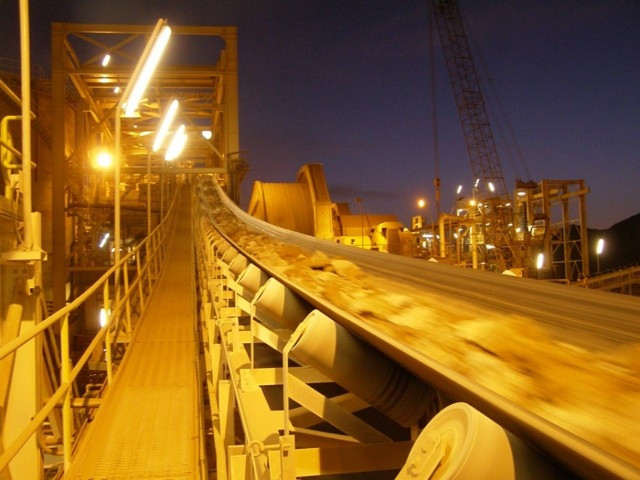Gold Prices Fall as Greek Default Worries Increase

(REUTERS) -- Gold prices fell on Thursday as the euro slid to a three-week low versus the dollar, pressured by news that European officials considered delaying a bailout package for Greece which fuelled fears the heavily indebted nation could face a chaotic default.
Spot gold was down 0.5 percent at $1,718.19 an ounce at 1019 GMT, while U.S. gold futures for February delivery were down $7.70 an ounce at $1,720.40.
It remains up 10 percent in the year to date, but is well off the record $1,920.30 it hit last year at a time that bad news from the euro zonetended to have a positive effect on gold, which some saw as a haven from turmoil in other markets.
Gold stopped being a safe-haven store of value some time around August or September, when you had a huge spike in prices, followed by a collapse, said Natixis analyst Nic Brown. Gold price volatility was as high as some of the other financial assets you might have been trying to get away from.
Given that it is (now) trading like another commodity, the correlation with the dollar is one of the key determinants.
The euro slid 0.5 percent against the U.S. unit after EU sources said euro zone officials are considering ways to delay some or all of a 130 billion euro bailout package for Greece, while still avoiding a messy default.
Some euro zone finance ministers are unconvinced that all Greece's political leaders are fully behind the reforms.
A weak euro and consequently stronger dollar tends to weigh on gold prices, as they make dollar-priced commodities more expensive for other currency holders, and reduce the metal's appeal as an alternative asset.
Uncertainty over the bailout knocked European stocks lower, while risk aversion as measured by implied volatility on Europe's top stocks .V2TX jumped to its highest since mid-January. Safe-haven German bund futures rose. .EU
GOLD DEMAND RISES AGAIN
Gold demand struck 14-year highs in 2011, driven by record investment, buying in China and central bank purchases, which hit their highest in at least 40 years, according to an industry report from the World Gold Council on Thursday.
Major consumer India's gold imports slumped 44 percent in the last quarter of 2011, however, as record-high local prices depressed buying interest, and shipments are likely to remain at similar levels this year.
China could overtake India this year as the world's top consumer of gold, the report said. (We are) sticking our neck out a bit and suggesting that 2012 will be the first year that China does exceed India in terms of tonnage demand, WGC managing director, investment, Marcus Grubb told Reuters.
On the supply side of the market, miner African Barrick Gold (ABGL.L) posted a 30 percent increase in core profit for 2011 as a rising gold price pushed margins to record levels, but said attributable gold production dipped 2 percent to 688,278 ounces.
Among other precious metals, silver was down 0.8 percent at $33.10 an ounce, while spot platinum was down 1.4 percent at $1,609.74 an ounce and spot palladium was down 0.6 percent at $675.98 an ounce.
Impala Platinum, the world's second-largest platinum miner, expects the white metal to trade at between $1,450 to $1,800 ounce this year, the company's marketing executive Derek Engelbrecht said on Thursday.
A strike at Implats' Rustenberg mine, the world's largest, has been a key factor pushing platinum prices up 15 percent this year, making it one of the best-performing precious metals. The company said it did not know when the mine would be back to full production.
The stoppage has been costing Implats circa 3,500 ounces of lost platinum production per day, according to the company, said HSBC analyst James Steel in a note.
Though a loss of this amount would likely go unnoticed in the larger gold market, the cumulative impact of lost production on the smaller and more finely balanced platinum market is sufficient to shave supply and help bolster prices, we believe.
© Copyright Thomson Reuters 2024. All rights reserved.






















